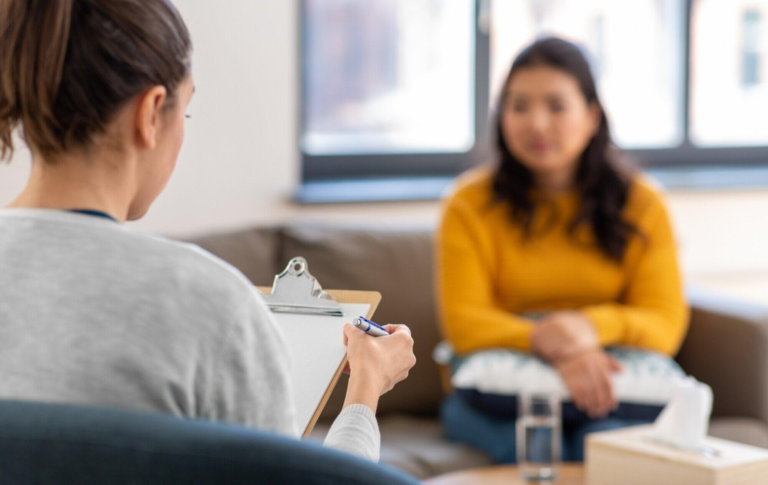The Importance of Regular Mold Testing for a Healthy Home
Key Takeaways:
- Identifying mold, its growth conditions, and health risks.
- Recognizing signs that indicate a need for mold testing in your home.
- Understanding professional mold testing and remediation processes.
- Exploring the pros and cons of DIY mold testing kits.
- Implementing preventive strategies to minimize mold growth risks.
- Understanding the legal implications related to mold in properties.
- Discussing the economic impact and costs associated with mold infestations.
- Providing advice for high-risk groups sensitive to mold exposure.
Table of Contents:
- Introduction to Mold and Its Impact on Health
- Signs That Your Home May Need Mold Testing
- The Mold Testing Process Explained
- Professional Mold Remediation: Next Steps After Positive Test Results
- Preventive Measures to Keep Mold at Bay
Introduction to Mold and Its Impact on Health
Mold, a fungus that can grow indoors and outdoors, thrives in damp, warm, and humid environments. It spreads by releasing airborne, readily inhaled spores that can harm people’s health, particularly those with specific allergies or asthma. Prolonged mold exposure can lead to various health problems, including but not limited to respiratory issues, throat irritation, nasal stuffiness, eye irritation, coughing, and skin irritation. Certain mold species, including black mold (Stachybotrys chartarum), can create toxins that may be very dangerous to people and animals.
With this in mind, services like those offered by Pure Maintenance Nevada become invaluable. Regular mold testing is vital in preventing the potential risks associated with mold exposure. In addition to helping to identify existing mold issues, testing also contributes to devising effective strategies for preventing future growth.
Signs That Your Home May Need Mold Testing
There could be several warning indicators that mold is growing in your house. Visible evidence of mold growth, which may appear as black, white, green, or yellow spots on surfaces, is a clear indication. Unexplained, musty odors often suggest the presence of mold within walls, under carpets, or in other hidden areas. Chronic symptoms of respiratory distress, frequent headaches, or allergic reactions among family members can be associated with mold exposure. If these signs are noticed or the home has been through flooding or persistent leaks, it’s imperative to take action. Here, professional assessment could determine the extent of a potential mold problem.
The Mold Testing Process Explained
To properly test for mold, a property must first be thoroughly inspected for visible mold growth and indications of water damage. Samples can be taken from the air or surfaces to test for mold spores. Insights into the concentration and types of mold present in the home are crucial for assessing the risks and necessary remediation steps. There are various testing techniques; the most popular is air sampling because it can identify invisible spores to the unaided eye.
Referencing reliable sources, such as the Environmental Protection Agency’s guidelines on mold, can offer detailed information about mold testing procedures. These resources stress the importance of understanding the varieties of mold and the potential dangers they present, guiding homeowners through identifying and combating mold infestations.
Professional Mold Remediation: Next Steps After Positive Test Results
If a mold test yields positive results, professional remediation becomes necessary. Expert remediation involves not just the removal of visible mold but also the correction of underlying moisture issues that have led to mold growth. Professionals use specialized equipment to contain and remove mold while ensuring spores are not spread to other areas of the home. Engaging with a certified provider who can guarantee the safe and effective treatment of the mold problem is crucial. Post-remediation testing can also confirm that the issue has been fully resolved.
Preventive Measures to Keep Mold at Bay
You can take several practical steps to prevent mold from becoming a problem in your home. Regularly cleaning and drying areas where moisture accumulates, like bathrooms and kitchens, is essential. Ensuring good ventilation, promptly repairing leaks, and using dehumidifiers in moisture-prone areas can help maintain an environment that is hostile to mold growth. It is also wise to use mold-resistant building materials and products during renovations or construction. By consistently applying these preventive measures, you can create a healthier living space and avoid the costly consequences of mold infestation.







